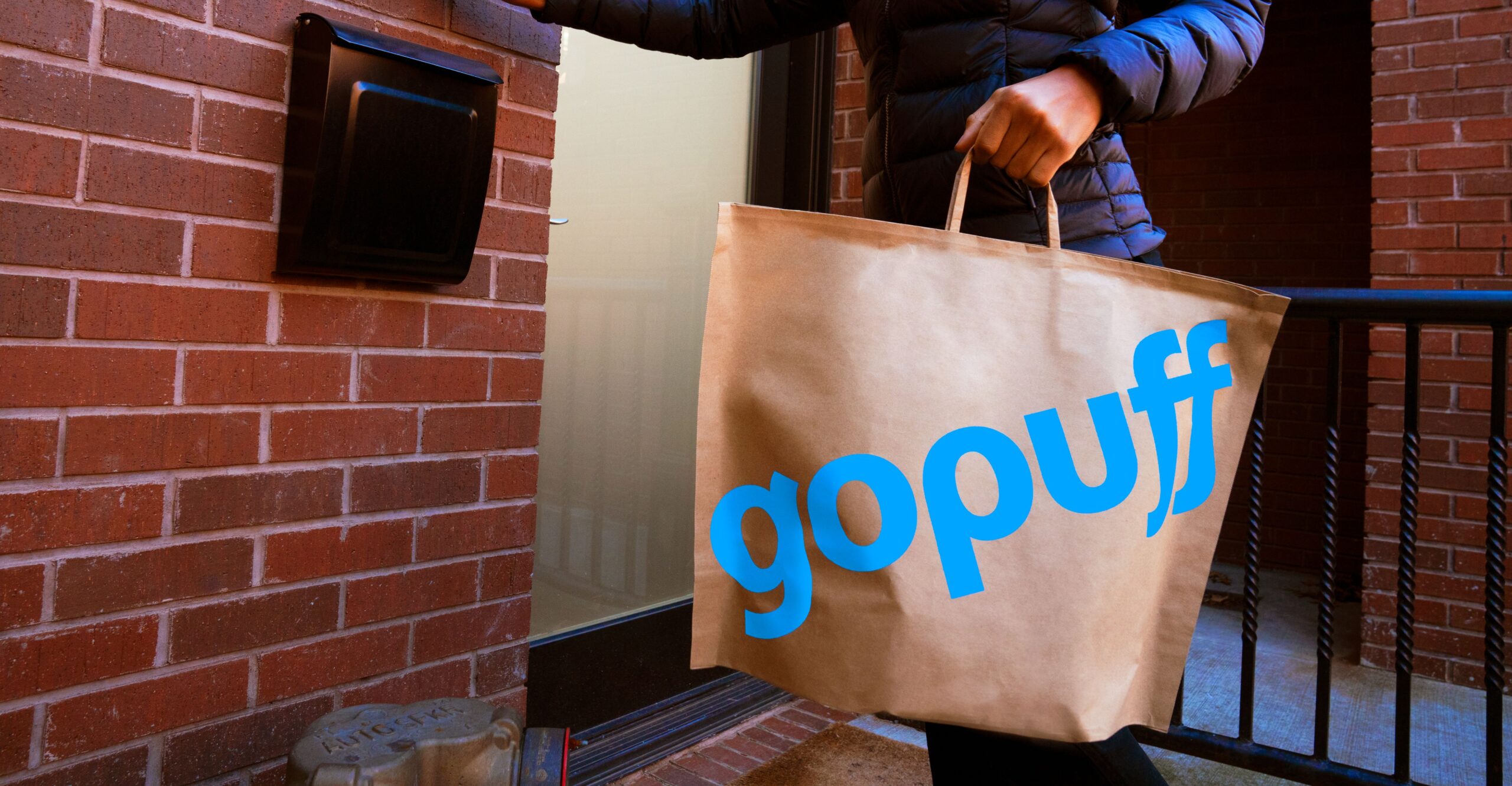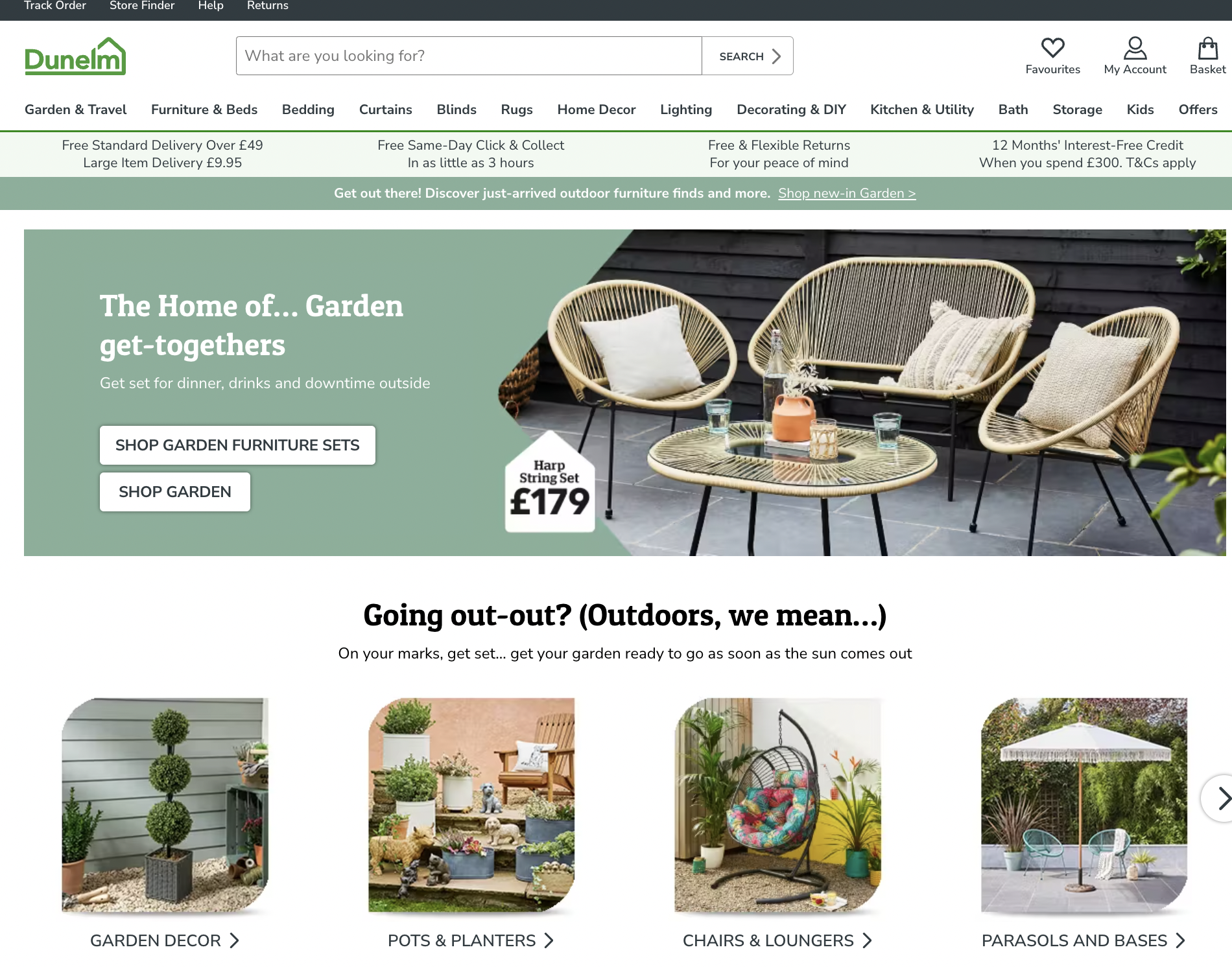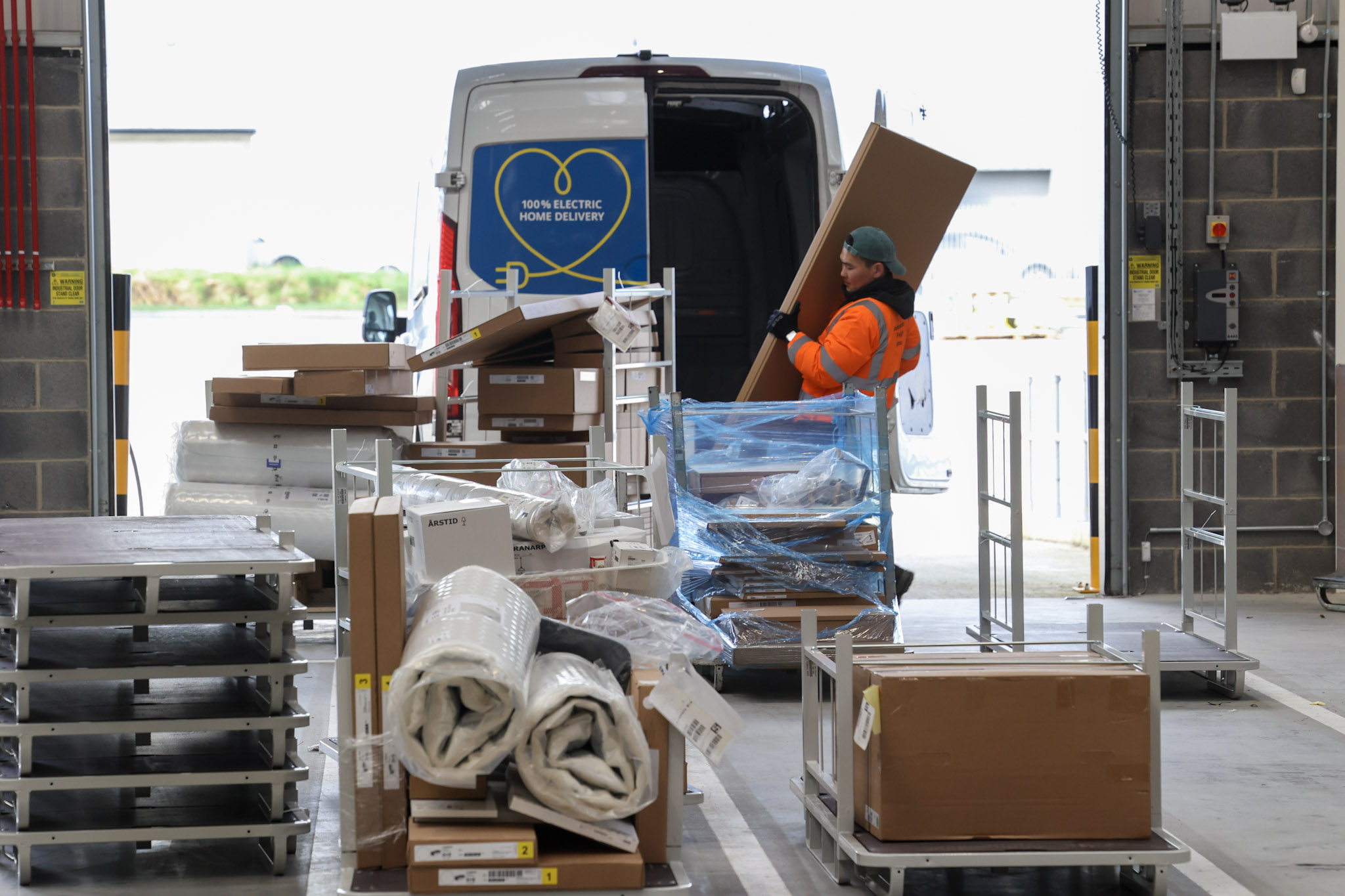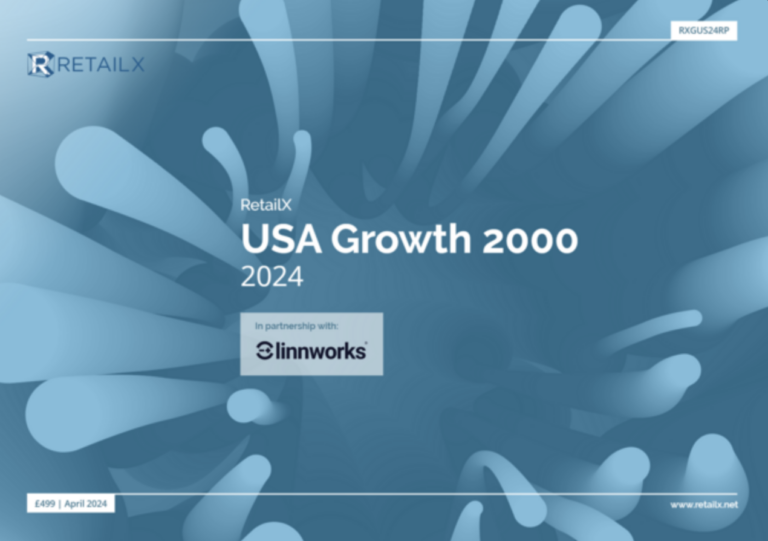Consumers are losing patience with online retailers after a year in which almost half (47%) say they have had a problem with an online order.
Some 71% of 2,093 UK adults questioned by YouGov for the JDA/Centiro Customer Pulse 2015 report said that after a bad shopping experience they’d be likely to switch retailer next time they bought online.
Of the 47% who had problems, 46% said they had had late deliveries, 40% had a missed delivery card even though they were in at the time, and 30% said their goods never arrived.
Asked to rank their priorities around home delivery, 50% said cost was most important, 25% cited convenience, while 18% opted for speed.
Nearly half (46%) of those who had made an online purchase in the last 12 months said that in that time they had chosen to shop with a retailer offering a choice of delivery options over one that only offered one option. A third (33%) of respondents said they would be likely to pick a retailer because they could offer a particular slot for delivery (at an extra cost), over one which offered just free delivery. Even after an order is placed and is shipped, convenience was still a factor for consumers – 20% of respondents said that being able to change the delivery date or timeslot after an order was shipped was important to them.
“As online retail continues to grow, so too have consumers’ expectations. What they want is an ‘anywhere, anytime’ fulfillment service that is convenient and reliable. No longer are consumers prepared to wait at home for a courier to deliver a parcel, or wait days before they can visit a store to collect their goods. Today’s consumer is not only dictating how and when they would like to receive goods, but reserving the right to make adjustments up until the last minute,” said Jason Shorrock, retail strategy director at JDA. “It is clear that consumers will vote with their feet if their expectations aren’t met. For instance, the research shows that more than half (56%) of those online shoppers who experienced problems at peak times in the last 12 months, such as Black Friday and Christmas, said they would be unlikely to shop with the same retailer this year. This underlines the need for retailers to ensure customer service excellence is maintained all year round, even during testing peak times.”
The study also found the convenience of returning items purchased online was an influence on where consumers chose to shop. A significant number of UK adults (63%) said the ease of being able to return items factored into which retailers they shop online with. Of those who have shopped online, common frustrations with returns included having to pay for return postage and packaging (37%) and having to return items by post or wait for courier (24%), followed by an inability to return goods to a store (15%).
Oo=nline fashion was biggest sector for returns. Here, 22% of shoppers said that in a typical order they would buy more than one size or colour of the same item, compared to 29% in 2014. More than half of respondents (55%) who had bought clothes online were still returning at least one item a year. Respondents were most likely to say they returned between one and two items a year (28%), with almost a fifth (17%) returning three to five items.
“Retailers need to move away from treating returns as simply a cost-recovery exercise, instead they need to adapt their processes to take into account consumers’ ever-changing buying habits,” said Niklas Hedin, CEO of Centiro. “Today, it is common for customers to buy multiple items online with the intention of sending some back. The research clearly shows the returns experience is having an increasing bearing on who consumers shop with online,” . “Retailers should look at returns as a further opportunity to enhance the customer experience. In the same way that today’s omni-channel environment is allowing consumers to buy items where and when they want, they would like the same flexibility when it comes to returns. This could be returning goods to a store or specifying a location and/or time for a courier pick up. By capturing this information, retailers can start to personalise the returns experience and create more value for the consumer and themselves.”
The research also showed that nearly half of respondents (49%) who have made an online purchase in the last 12 months had used click and collect services. Of those who had, the most common reason for doing so was to avoid delivery charges (57%). Then, 55% said it was more convenient than home delivery (55%).
The research also showed that nearly half (47%) of click and collect shoppers who had used the service in the past 12 months encountered issues that potentially damaged their customer experience. That’s up from 32% in the 2014 JDA Customer Pulse report. Of those who had experienced problems, the most commonly cited were long waiting times due to a lack of staff (32%) followed by staff being unable to locate items in store (30%).
“Online retail continues to be an extremely competitive battleground. The winners will be those retailers that can offer a reliable and convenient fulfillment service to consumers, rather than simply focusing on speed and price,” said Shorrock. “At the same time, escalating costs and ever-increasing competition is putting pressure on retailers’ already squeezed margins. Retailers must think hard about the configuration of their supply chains, and will need to become much smarter about how they use their key assets of staff, stores and inventory to fulfill customer requests in an intelligent way. Consumers have undoubtedly thrown down the gauntlet to retailers, and it is now up to them to meet this challenge in a profitable manner.”









